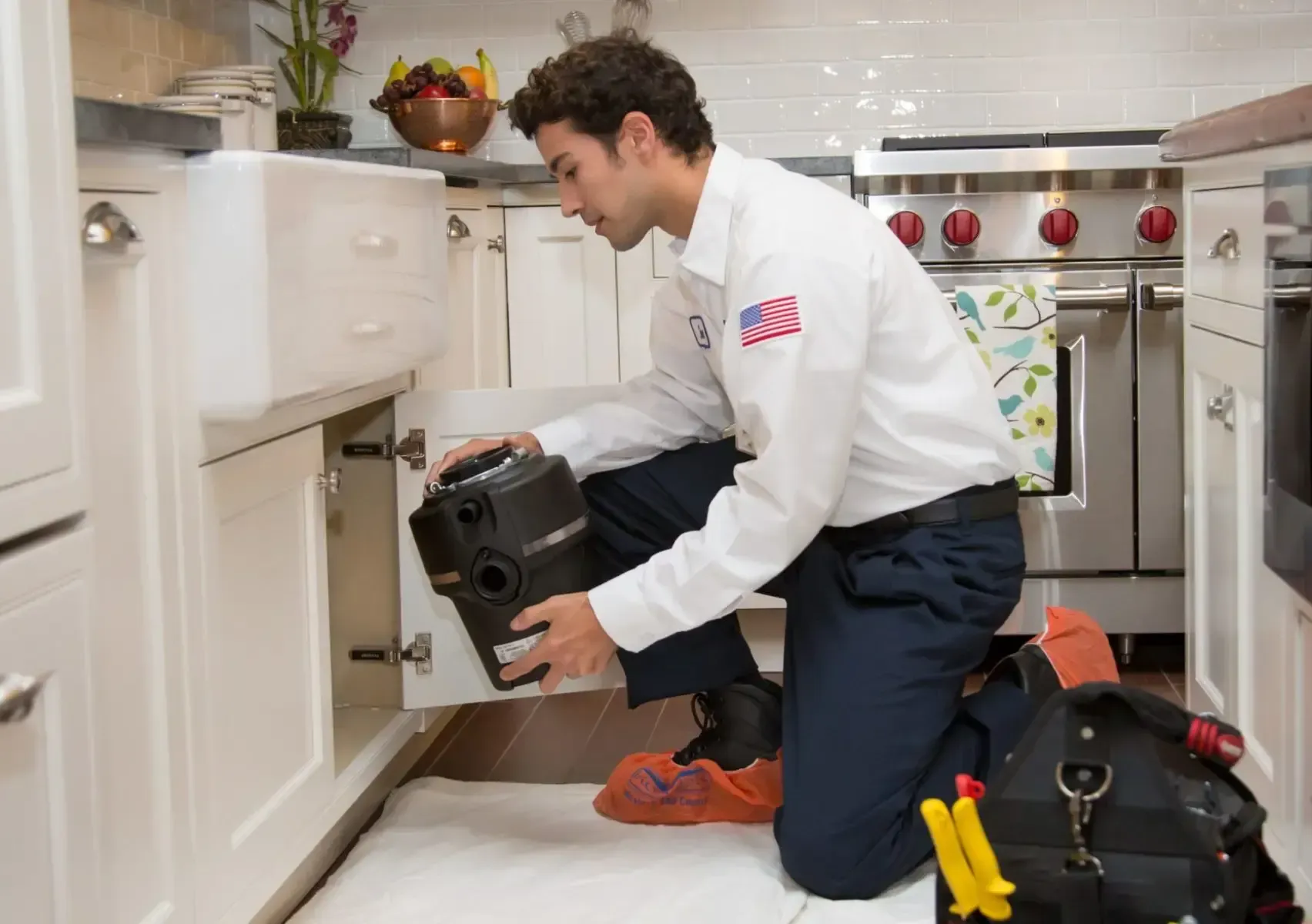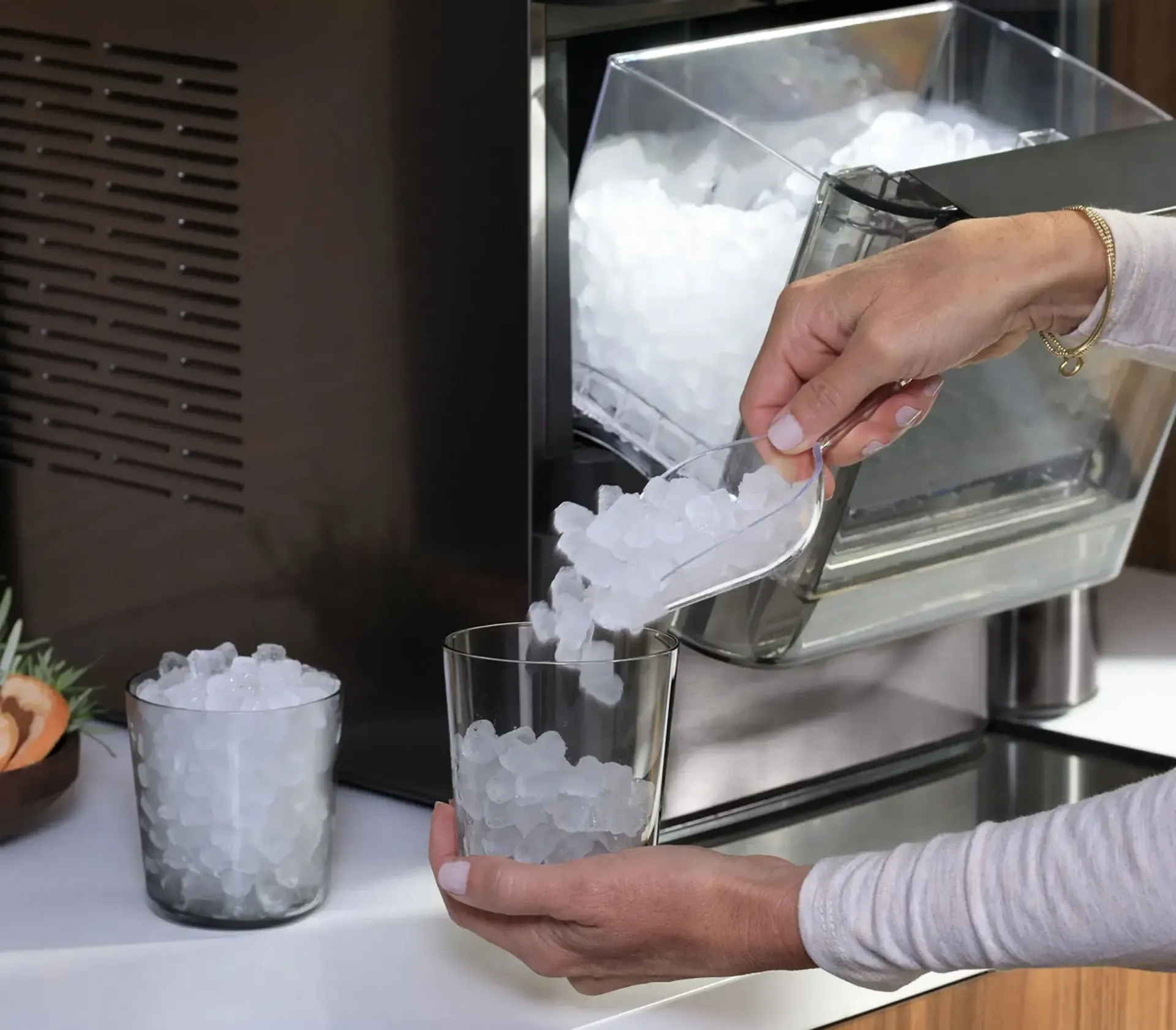Your refrigerator is something you may not give much thought to unless it breaks down. It sits there day in, day out, and quietly hums along as it does its job; or is it doing its job?
Refrigerators are well known for their durability. Working refrigerators from the 1940’s and 1950’s are abundant, looking and running like new. It is just because of this vaunted reputation that most people are lulled into a false sense of security when it comes to their refrigerator.
Over the years your refrigerator may have slowly become less efficient, and even though you have it set to an adequate temperature, it may not be maintaining it. You may also not be aware of other potential hazards lurking around your refrigerator. Let’s take a look at some potential health threatening situations caused by poorly maintained refrigerators.
Dust
You probably never think about the condensers on your refrigerator, or the fact that they are excellent dust catchers. This may seem an unimportant fact, but it is more significant than it seems. Dust on the condenser not only inhibits the performance of your refrigerator by acting as an insulator keeping in heat that is supposed to be released, it is also a breeding ground for dust mites.
These microscopic creatures feed on old human skin and pet dander contained in dust. The dust mites will be attracted to the warm and moist environment the condenser coils provide. Once entrenched, dust mites produce a powerful, albeit tiny, allergen. The stomach-turning reason dust mites cause people with allergy and asthma to have powerful reactions is due to their feces becoming airborne and inhaled into their lungs.
In California’s arid climate dust mites are already abundant. According to the San Francisco Gate one gram of dust can contain as many as 500 mites. That is why behind your refrigerator and underneath it should be thoroughly cleaned; this is even more true of households with allergy and asthma sufferers who may have extreme, sometimes deadly reactions to dust mite feces.
Disease
In keeping with poor performance by condensers, the temperature of your refrigerator is of the upmost importance. If it seems that your refrigerator is warmer than it used to be, then you may have a problem.
According to the United States Department of Agriculture (USDA) the interior temperature of your refrigerator should never rise above the critical temperature of 40 ◦F. If temperatures become too warm in your refrigerator food stored in it becomes a veritable Petri dish. Very serious foodborne pathogenic bacteria can flourish in a warm refrigerator. E.coli is a foodborne pathogen that develops from insufficiently refrigerated food and can cause intense diarrhea in adults for about a week. In children and the elderly E.coli can be more severe and lead to an increased chance of life threatening kidney failure known as hemolytic uremic syndrome.
Another pathogenic bacteria that could develop in an overly warm refrigerator is salmonella. The Centers for Disease Control (CDC) estimate that 450 deaths in the U.S. can be attributed to salmonella every year. Such unpleasant symptoms as abdominal cramping, explosive diarrhea, and fever that accompany salmonella last between 4 to 7 days. Again, children and the elderly are more at risk to develop life-threatening complications from salmonella.
Campylobacter is another foodborne pathogen that has the same symptoms as the previous foodborne pathogens, with the additional symptoms of bloody diarrhea and vomiting.
Perhaps the most serious foodborne pathogen that may develop in a refrigerator with a temp over 40 ◦F is Listeria. The people most at risk from Listeria are children, the elderly, people with compromised immune systems, and in particular- pregnant women, who are 20 times more likely to catch it. Listeria may reveal itself right away or take the possible full incubation period of 70 days to show symptoms. Fever, vomiting, explosive diarrhea, stiff neck, and confusion are all symptoms of Listeria.
Mold
You may not be aware if the supply line to your refrigerator is leaking. Since the supply line is behind the refrigerator it is unlikely a slow leak would be noticed, but the damage it does is nothing to be ignored. Over time, water can damage the walls and floor surrounding them and, more seriously, cause a buildup of mold around the refrigerator and in the walls.
The CDC states that stachybotrys chartarum, or black mold, can cause problems from the irritating to the oppressive. Symptoms of black mold exposure include itchy eyes, rash, nasal congestion, and a noticeable wheeze. Those allergic to mold and asthma sufferers may experience fever and acute shortness of breath, that over time, may become deadly.
You can also take steps to ensure that your refrigerator does not make your family sick. A thermometer placed inside the refrigerator will tell you if the temperature is safe to eat the food inside. A duster with an extendable handle will let you dust behind your refrigerator with little effort. Check the floor and walls around the refrigerator for dampness to make sure the supply lines to the refrigerator are not leaking. With a little common sense, you can make sure your refrigerator runs for years to come and does not become a health hazard.
If you have an older refrigerator, annual maintenance performed by a qualified Fix Appliance Repair technician can prevent the refrigerator from making your household sick. Call the pros at Fix Appliance Repair if you’re not sure! Our experts are always here to help.



